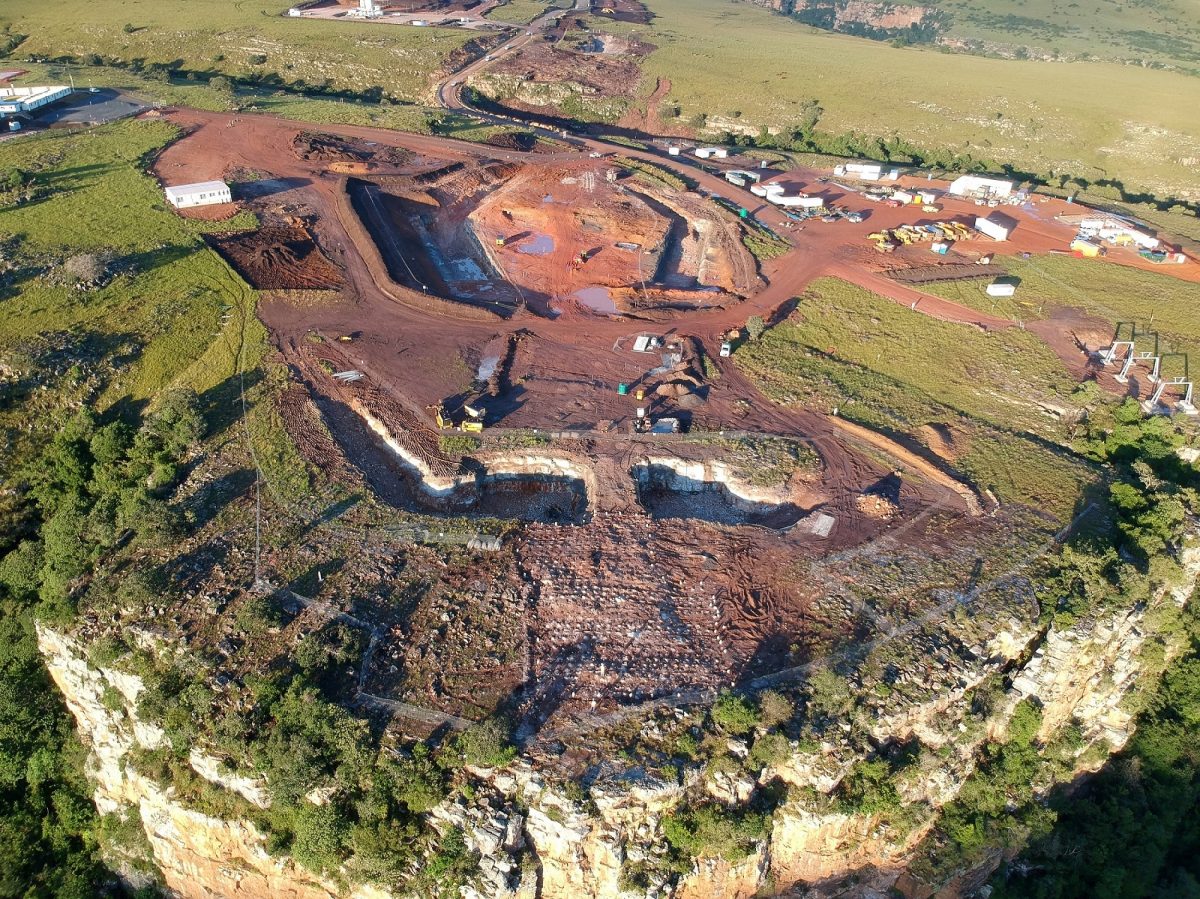
Destined to be the longest cable-stayed bridge in Africa according to www.highestbridges.com, the Msikaba Bridge is being constructed by Concor Infrastructure in a joint venture with Mota Engil Construction. Significant work has already been done on the establishment infrastructure to support the construction works. Work on the approach roads and the significant pylon foundations and anchor blocks for the bridge are currently under construction.
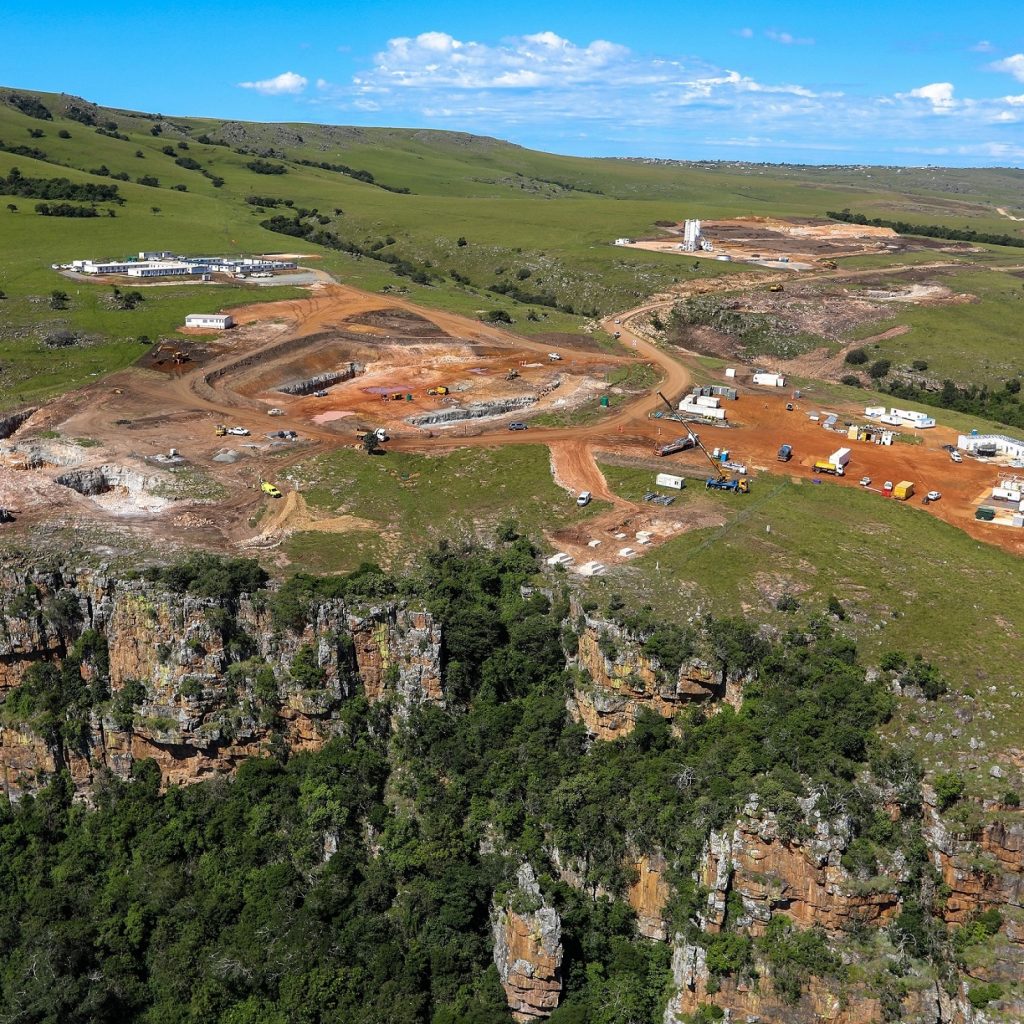
Being built over the Msikaba Gorge near Lusikisiki in the Eastern Cape, the Msikaba Bridge forms part of the N2 Wild Coast project being undertaken by the South African National Roads Agency Limited (SANRAL).
When completed this spectacular bridge will also be the second longest main span bridge crossing ever built on the continent with a tower to tower distance of 580 metres. Its two pylons will be 127 metres high.
With a bridge deck at 194 metres above the valley floor, the Msikaba Bridge will be the third highest bridge in Africa, eclipsed only by the existing Bloukrans Bridge with a height of 216 metres and the Mtentu Bridge which, when completed, will be 223 metres high.
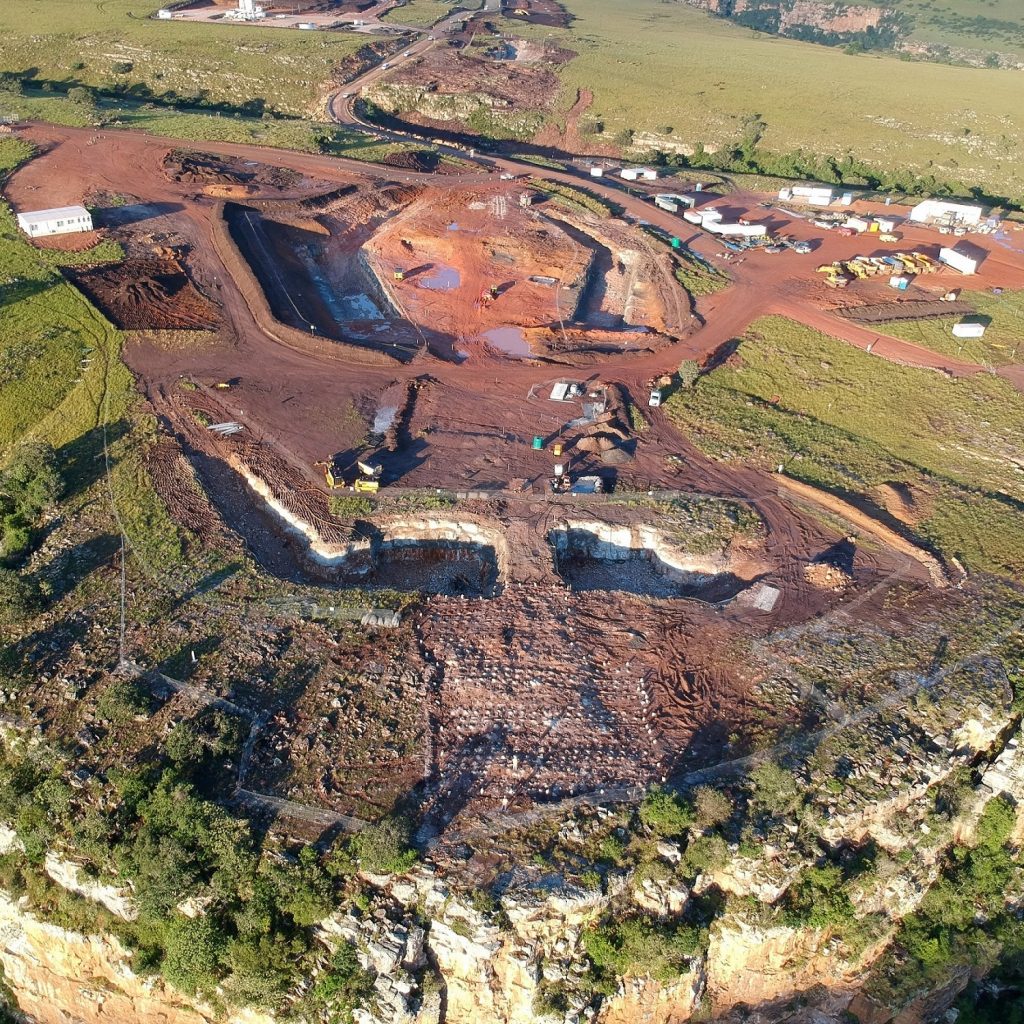
Bridging the community and business
According to Eric Wisse, managing director of Concor Infrastructure, what is important is that that Joint Venture has overcome the initial community challenges through significant community engagement strategies with the various community stakeholders and businesses on board.
Historic Bridges
Concor has a strong legacy in the construction of iconic bridges, having constructed the Bloukrans Bridge back in 1983. At the same time, the company also built the Grootrivier and Bobbejaansrivier Bridges in the Eastern Cape.
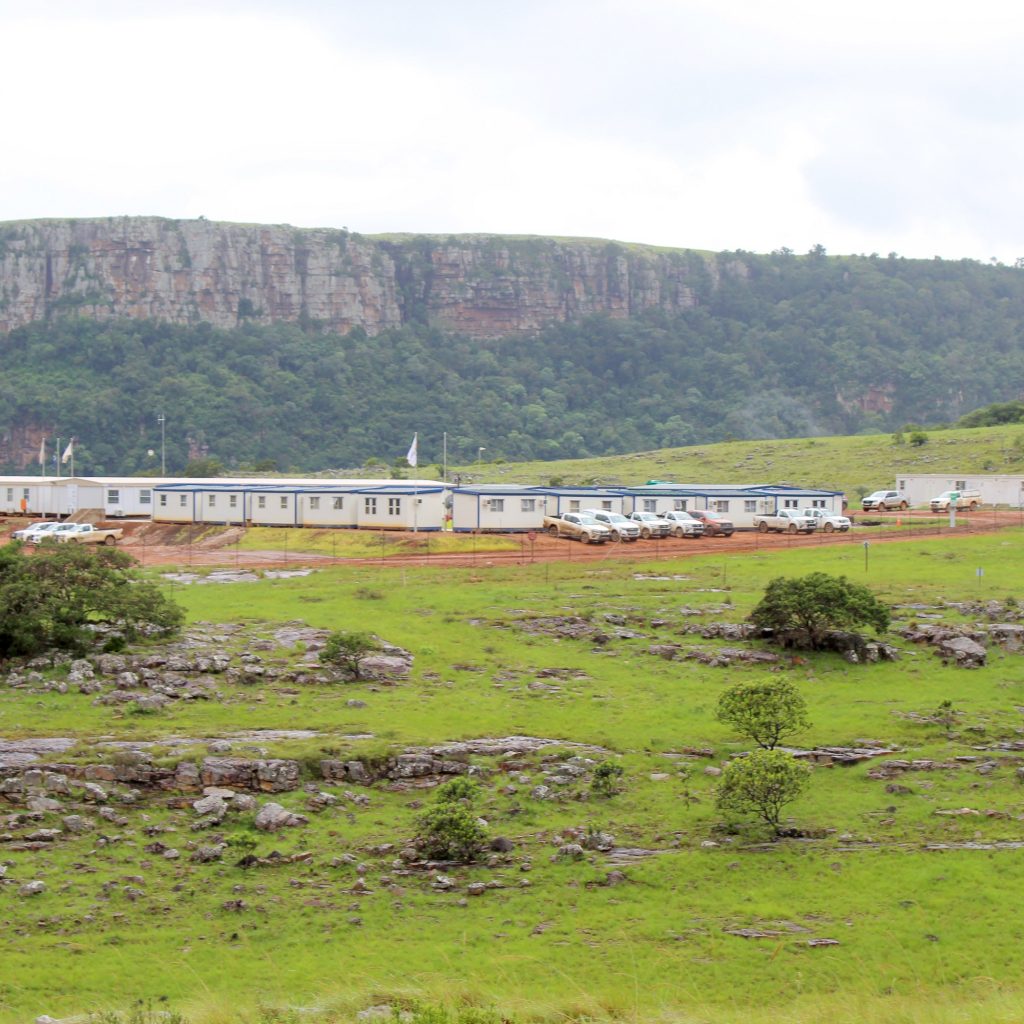
The Msikaba Bridge itself will require 43,000 m3 of concrete, 2,700 t of structural steel and 1,090 t of cables and 3,100t of steel reinforcing.
Roads, culverts and community infrastructure
Not to be overshadowed by the bridge is the balance of works contained in the contract which includes construction of 1,5 km of approach roadworks on either side of the bridge. Expressed in quantities, this will include 650,000 m³ of bulk earthworks of which 430,000 m³ is hard rock, a conventional three span bridge and four in-situ concrete culverts crossing some of the tributaries. A significant amount will be spent on projects to benefit of the wider community, including upgrading or repairing gravel roads in the district.
Cableway to ease logistics
Wisse explains that due to the remoteness of the project as well as the logistics travelling from the northern side to the southern side (a three hour drive), a cable way will be installed as part of the temporary works. Due to the specialist nature of this installation, a company from Switzerland has been appointed to install the cable way. It is anticipated that the cableway will be complete and operational by May this year.
“The cable car system will be used to transport people and small amounts of material from one side to the other,” he says.
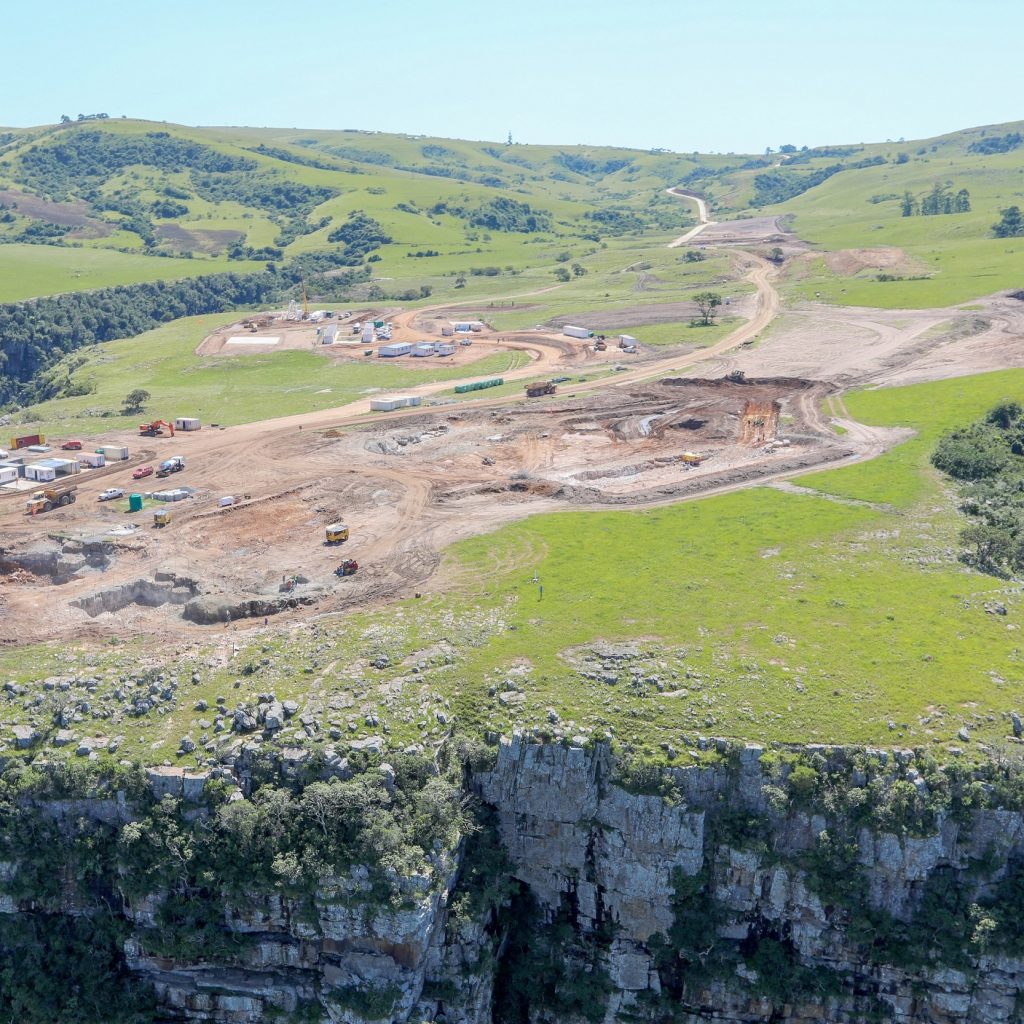
Work on the project was suspended following the declaration of the National State of Disaster, but has been resumed under the Level 4 restrictions with all the necessary measures having been put in place to ensure the health and safety of all stakeholders.
More news
- CELEBRATING EXCELLENCE IN THE RESIDENTIAL PROPERTY SECTOR
- PART 4: GIBS PANEL DISCUSSES INTEMEDIATE CITIES ROLE IN AFRICA’S DEVELOPMENT
- EXPOSED AGGREGATE PAVERS COMPLEMENT NEW LIFESTYLE CENTRE
- GIBS PANEL EXPLORES ROLE OF INTERMEDIATE CITIES IN SA’S DEVELOPMENT PART 3
- CITI-CON’S CONCRETE KNOWLEDGE SUCCESSFULLY DEPLOYED ON NEW LANDMARK DEVELOPMENT





